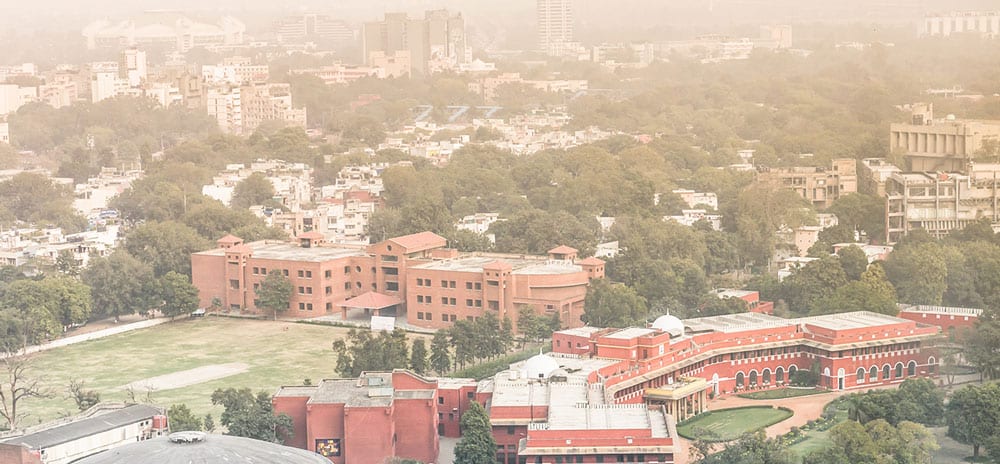Our Ever Shifting Science of Smell
In 1927, Scientists had believed the human nose was capable of detecting 10,000 distinct odours. According to a recent study authored by Rockefeller University, the human nose is capable of detecting at least one trillion distinct scents. Back then, we had only begun to scratch (and sniff) the capabilities of olfactometric science. Our advancements since […]
Our Ever Shifting Science of Smell Read More »




